Update 8/2023: Make sure to check out the brand new Dino Zone, aimed at kids 3-8!
This spring break, we finally explored one of the great science museums in Ithaca, NY, the Museum of the Earth. The kids had such a good time that they demanded we return to the “dinosaur museum” immediately (like, two hours after we got home!), so we ended up going back only two days later.
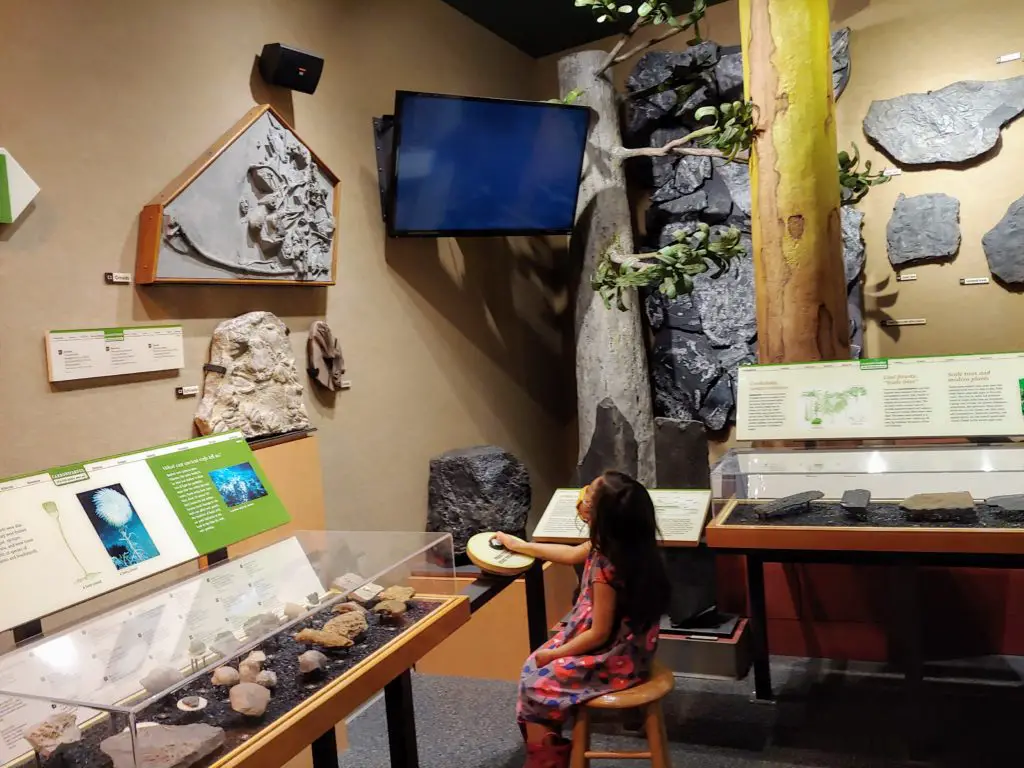
Why was this museum of earth history such a hit? Well, what’s not to like about whale and mastodon skeletons, fossil hunting, colorful fish, weird bugs, and fun crafts? Especially if you get to touch a lot of stuff and run through a blue glacier tunnel.
On top of that, I think our kids have finally hit the right age — 5 and up. That’s not to say there isn’t anything to do for younger kids, but it gets increasingly interesting as they can grasp how cool it is to be looking at fossils that are millions of years old.
Museum of the Earth
1259 Trumansburg Road
Ithaca, NY 14850
Phone: (607) 273-6623
Parking: Free parking lot. Or take TCAT Route 14 (West Hill-Hospital-Commons) to stop #2547.
Website: https://www.museumoftheearth.org/
Current as of 4/2022. Please check with the museum for up-to-date information.
What is the Museum of the Earth?
The Museum of the Earth in Ithaca was founded in 2003 by the Paleontological Research Institution (PRI) to show off 4.5 billion years of Earth’s history, from the planet’s origin until today. It boasts 8,000 square feet of permanent natural history, interactive science, and art displays, plus there are annually rotating temporary exhibits.
PRI’s history goes even further back to 1932, when it was founded by Cornell professor Gilbert Harris as a freestanding organization. Since 2004 it has a more formal affiliation with the university.
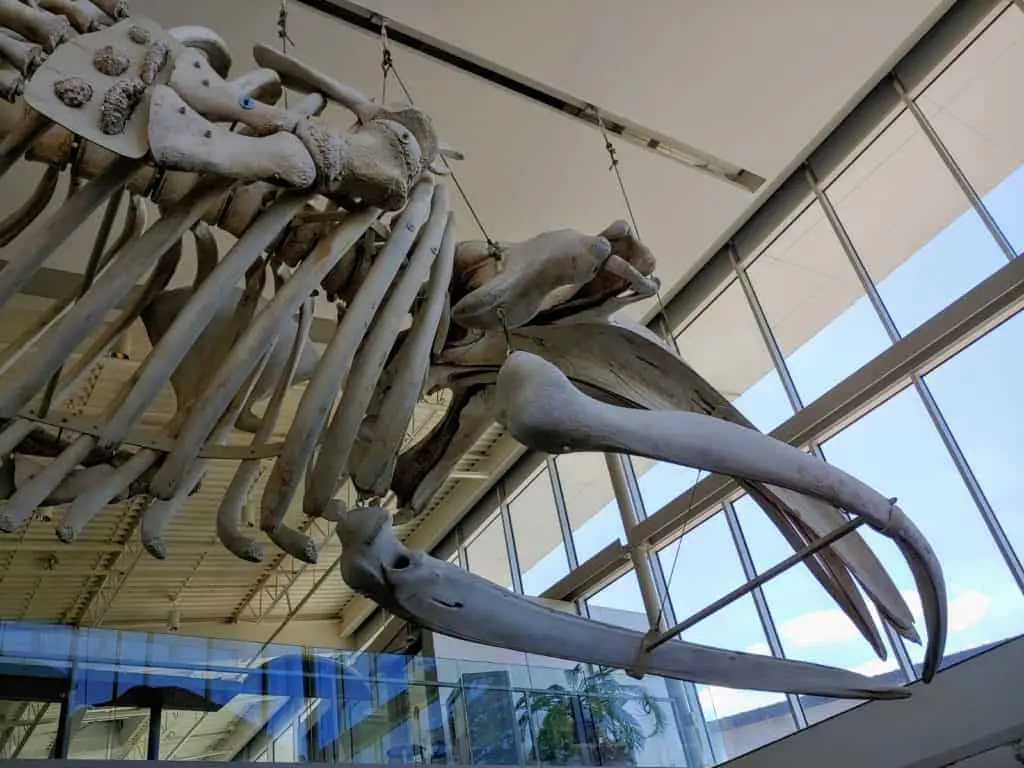
The Cayuga Nature Center, about 4.5 miles down the road, is the earth museum’s sister site and explores the natural history of the Cayuga Lake Basin.
NEW: Since September 2022, they are now connected via the Black Diamond Trail.
Visiting the Museum of the Earth
The museum is on the west side of Cayuga Lake, just 3 miles or so from downtown Ithaca. You’ll see a big sign at the entrance of the driveway.
I really enjoy how the museum building by New York City architects Marion Weiss and Michael Manfredi is an integral part of the experience. As you approach the entrance, you can already see a 44-foot North Atlantic Right whale skeleton through the glass front, which got my kids very excited and making a beeline for the doors. It also creates an interesting contrast between the modern architecture and the ancient bones that will be echoed in the prehistoric displays throughout the museum.
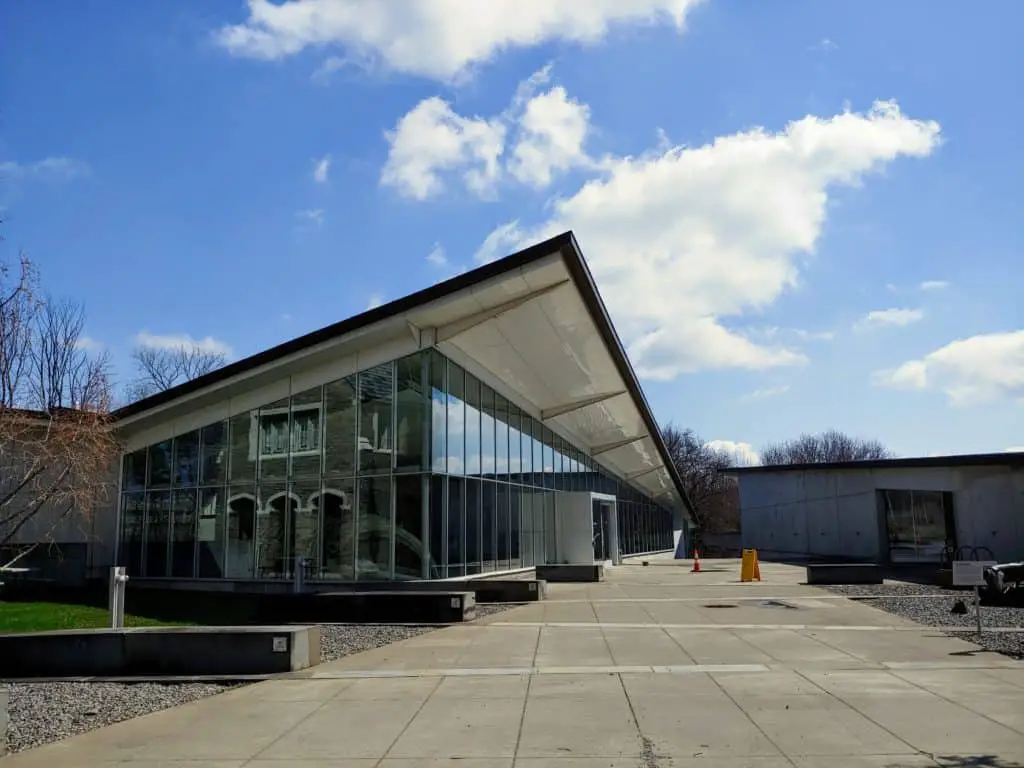
The front desk and gift shop are on the upper level. Once you’ve bought your tickets (you can preorder online), follow the dinosaur prints to descend along a long walkway to the lower level.
Along the way you’ll see a beautiful mural (Rock of Ages, Sands of Time) by Trumansburg-based artist Barbara Page. Each of the 544 tiles represents one million years after the Cambrian period.
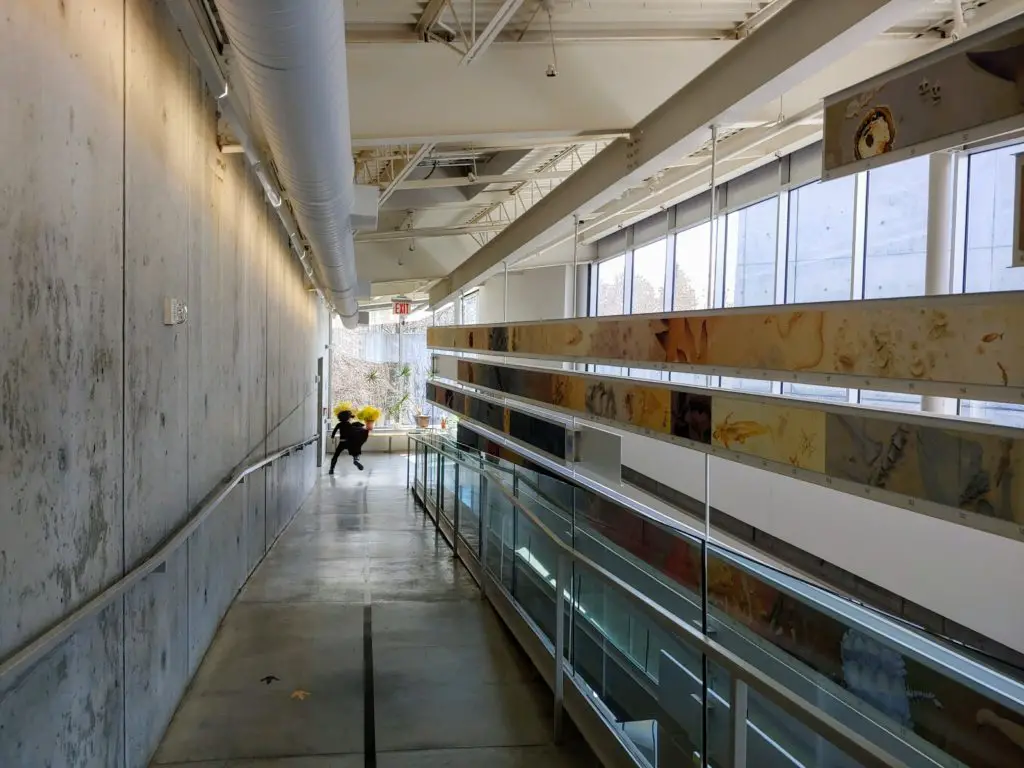
On the lower level, the first thing you’ll encounter is an African elephant skull. Then there are two main areas: the temporary exhibition space right under the whale skeleton, and a loop that takes you on “A Journey through Time” (more about that in the next section). Along the walls you’ll also find some more information about research conducted at PRI, such as conservation paleobiology working with oyster reefs.
I think the museum does a really nice job of mixing objects (fossils, shells, skeletons) with various media such as photos and short videos as well as graphics and a fair amount of text. There are activities and interactive elements sprinkled in throughout to keep kids engaged.
Make sure to pick up one of several scavenger hunt booklets at the front desk for the kids. For the Color Scavenger Hunt, for example, keep an eye out for 13 specific models and paintings throughout the museum and write down what their color is.
A museum rep I spoke to also said that they’ll keep increasing the interactive nature of the exhibits as they get updated or newly created.
By the way, I asked, and it’s generally OK to touch things, as long as they are within reach and not explicitly fenced off or marked with “do not touch” signs. For example, a cast of a triceratops skull (on loan from the Sciencenter) or a huge hunk of limestone full of amazing fossils from the Middle Devonian Period are totally fine to explore.
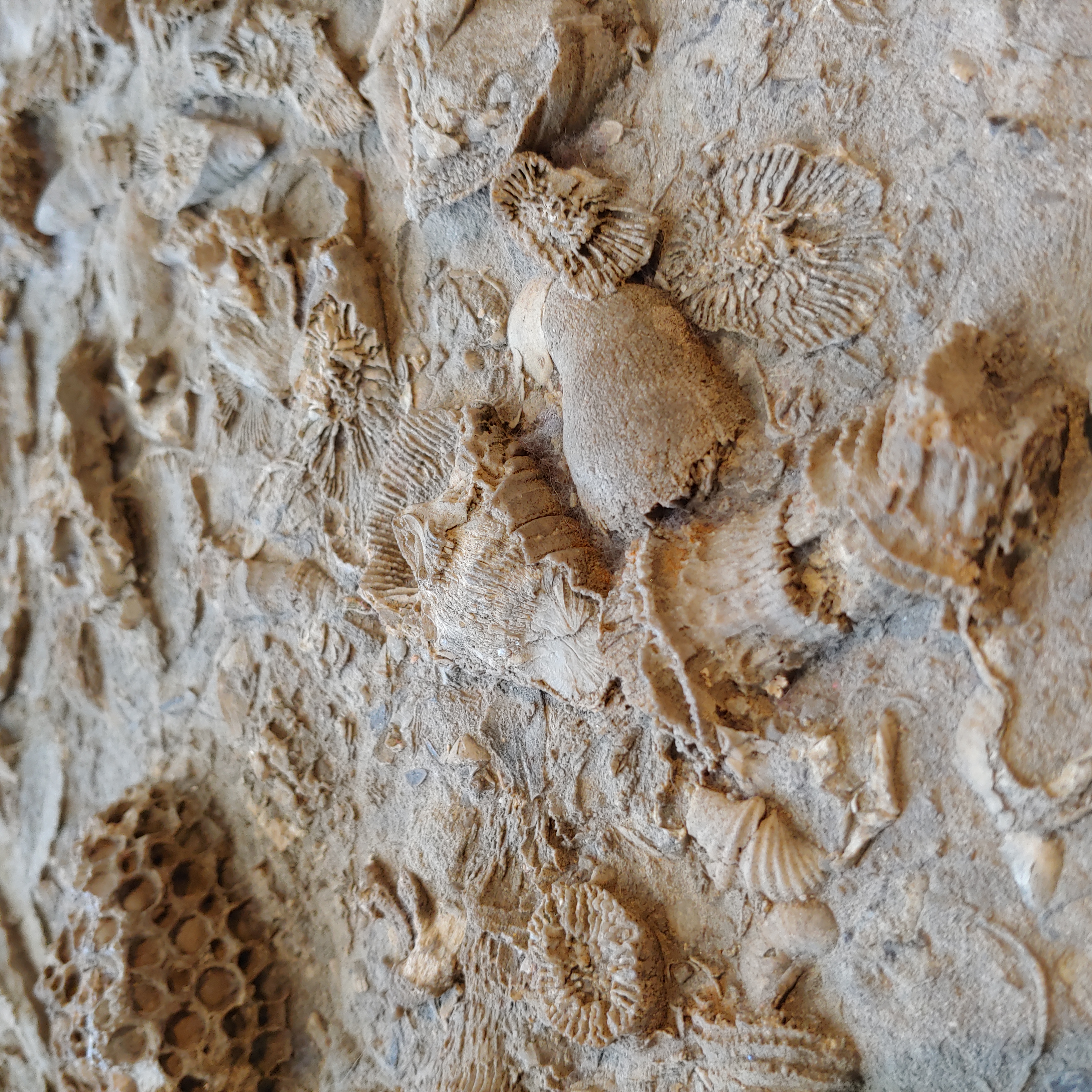
Permanent Exhibit: A Journey through Time
Follow the loop counterclockwise to travel from the beginnings of Earth’s history until today. You’ll walk through a series of rooms, divided by periods, starting with a short film on the Precambrian, when the Solar System began to form.
As you make your way through the Eurypterid, Jurassic, and various other periods, you’ll see a bunch of interesting fossils, skeletons and other displays. I like that they constantly tie back to the region we’re in, bringing to life that this history is all around and under us.
The dinosaur hall is a go-to spot for my kids. Max liked lounging on the giant eggs. There’s also a life-sized paper mache model of a Stegosaurus, aka Steggy, as envisioned by paleontologists in the early 20th century. And don’t forget to look up to see a flying quetzalcoatlus. (The Dino Zone for little kids is currently still closed because of the pandemic, as of 4/2022.)
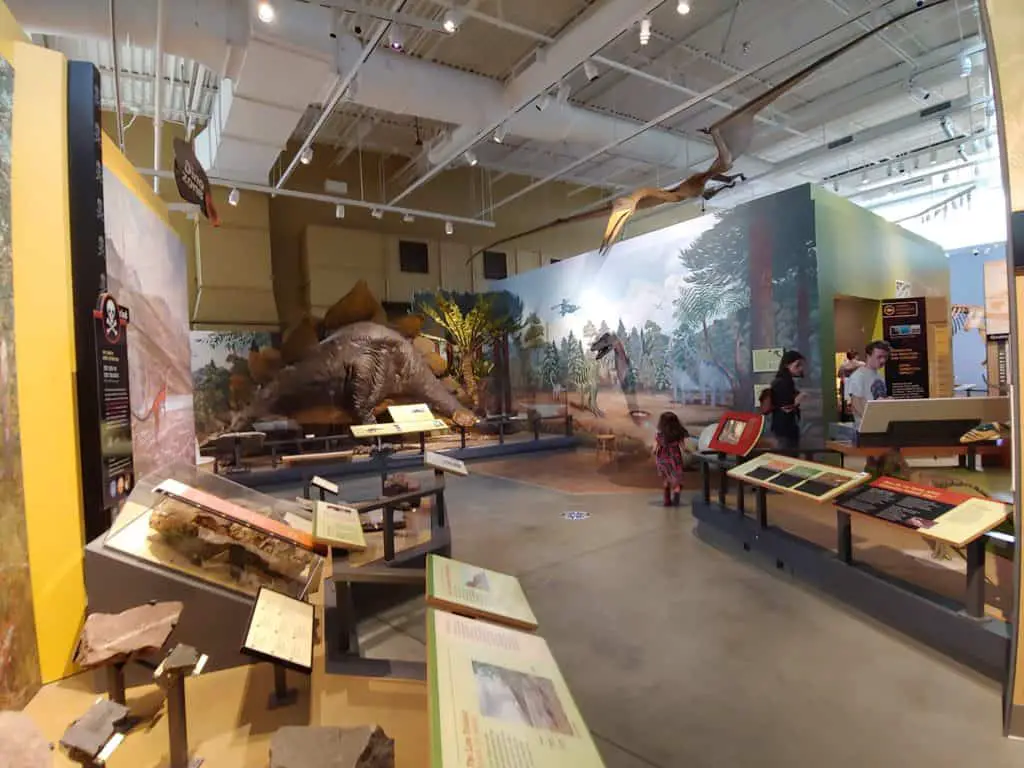
The Fossil Lab is another popular attraction. Kids dig through small boxes of 380 million-year-old shale to find trilobites, brachiopods, clams, and other fossils. (Drawings help you to identify what you’re finding.)
It’s hard to to miss the 11,500-year-old Hyde Park Mastodon, towering in the last big hall, where you’ll also see some fish and other reef creatures. According to Amanda Schmitt Piha, PRI’s associate director for philanthropy and communications, the skeleton is extra impressive because it’s one of the most complete mastodons ever found, maybe missing only a few tail and toe bones. It was uncovered here in New York State in the Hudson Valley.
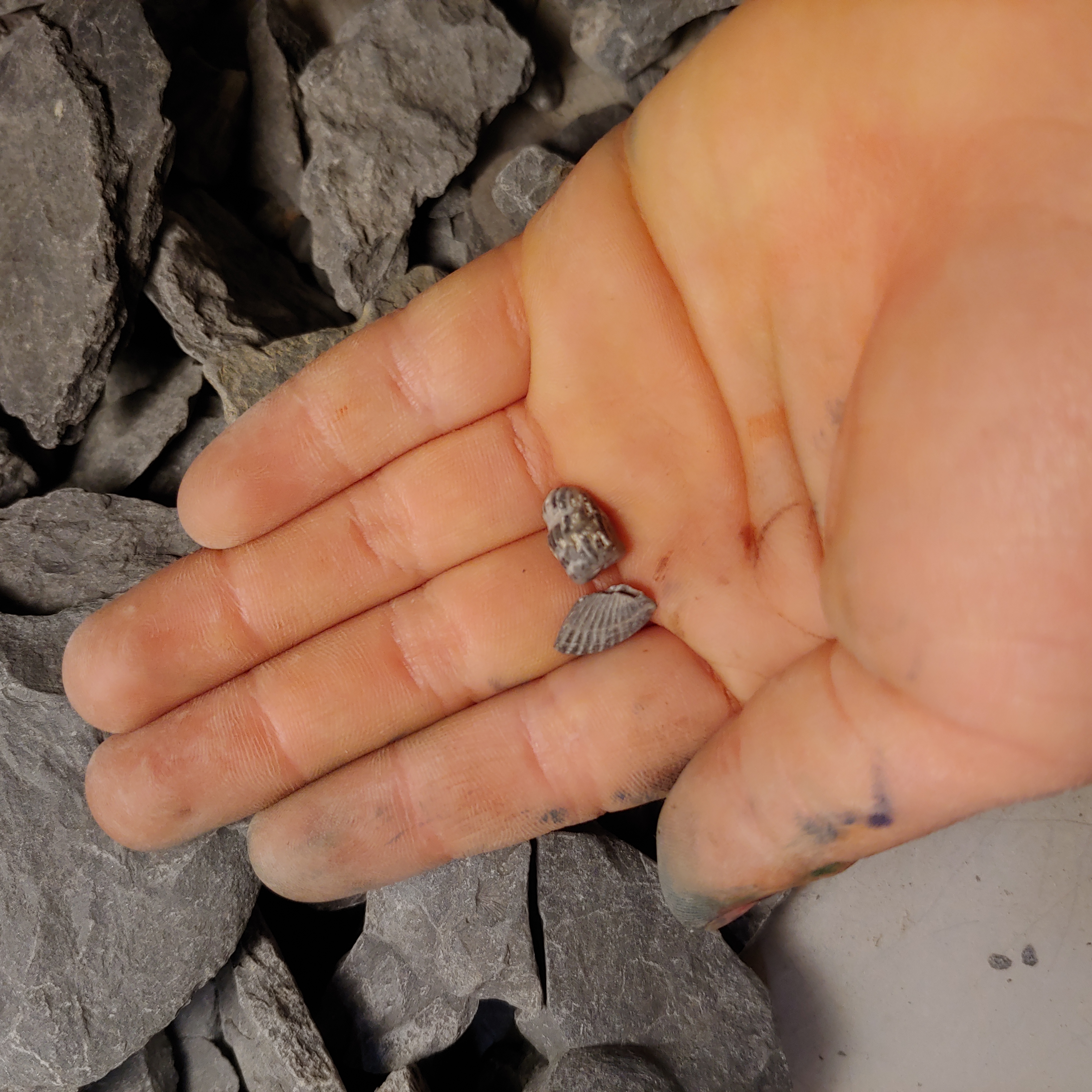
“There aren’t a lot of dinosaur bones or footprints in New York State because the glaciers tore a lot of that away,” she told me. “It was really cool to find this complete skeleton of this huge creature, it’s not common.”
A blue glacier tunnel (it reminded us of Ahtohallan) leads you to the end and an interactive exhibit on climate change.
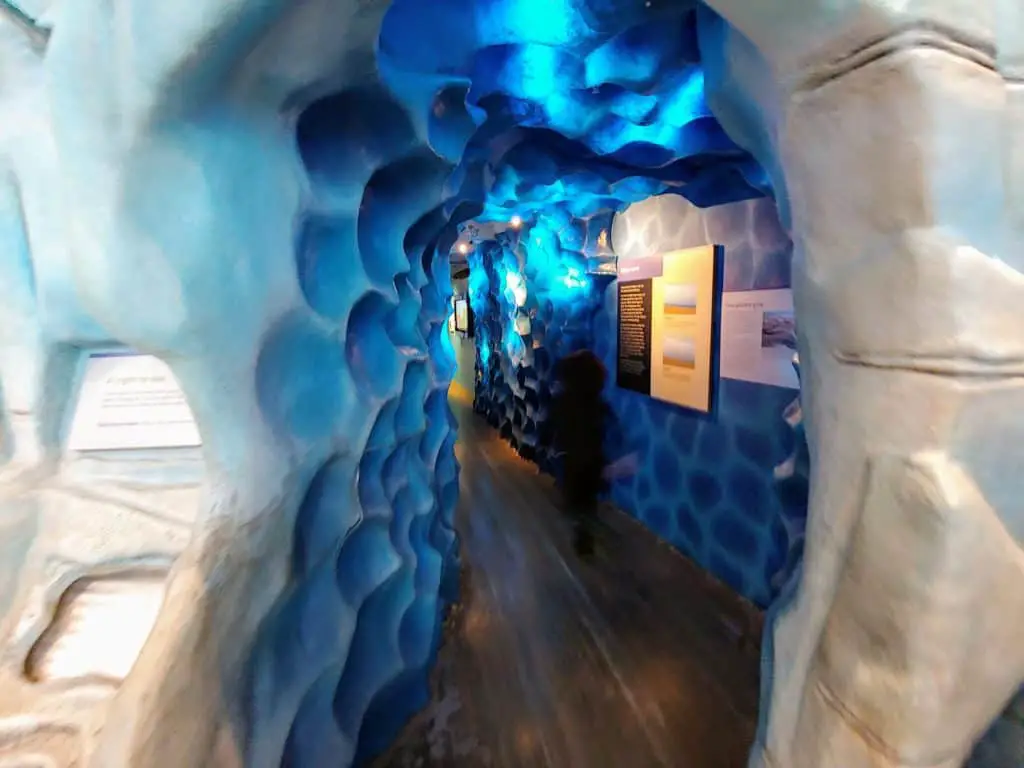
Temporary Exhibit (2022): Six-Legged Science — Unlocking the Secrets of the Insect World
This temporary exhibit is a collaboration with the Cornell University Insect Collection. CUIC is one of the world’s top entomological collections, with 7 million specimens of over 200,000 species.
A few of them are display here, arranged beautifully in cases, along with a tiny selection of living insects, some really interesting nests and other displays exploring various aspects of insect life, and of course loads of information about the world of insects.
Keep an eye out for occasional special craft activities and the great activity corner (coloring papers, puzzles, insect dress-up clothes) for younger kids.
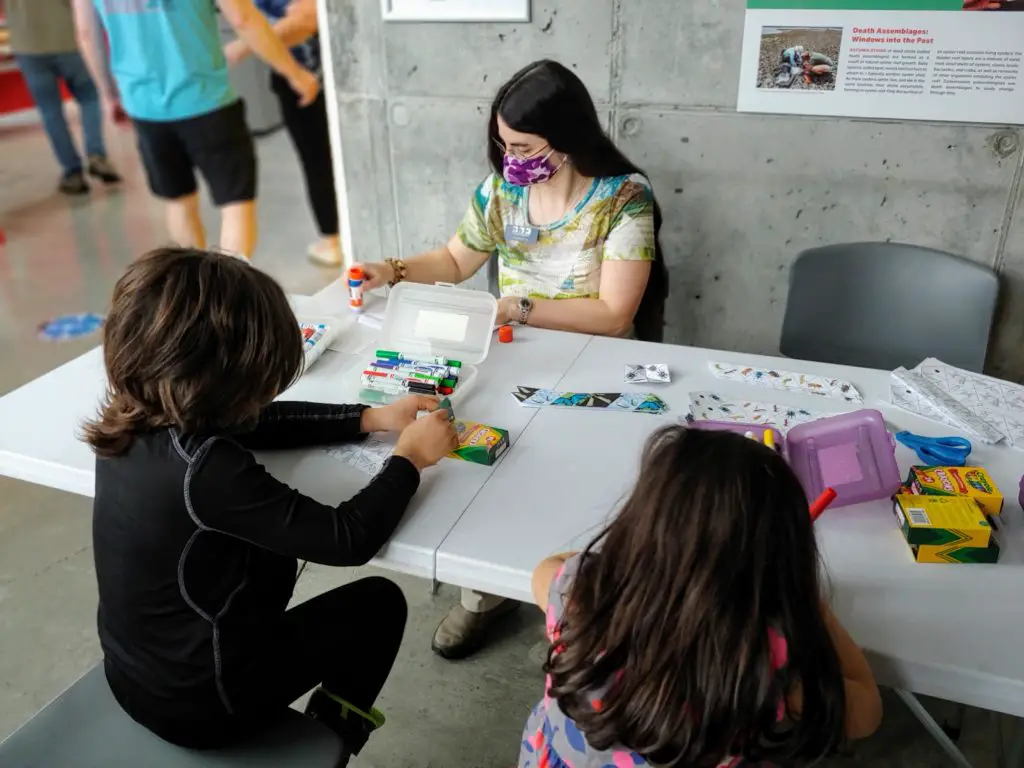
Additional information for your visit to the Museum of the Earth
- Eating and drinking: is permitted in designated indoor and outdoor areas. As far as I remember, there’s a drink vending machine in the gift shop.
- Accessibility: Here’s what I learned when I asked (the museum website will be updated with more info in the future): the museum is wheelchair accessible, and there is a wheelchair available to borrow free of charge. You can also find a “quiet zone” behind the mastodon for anyone who may be overstimulated by loud noises or from being around too many people. (More info here.) Bathrooms are stocked with diapers, wipes and sanitary napkins (free of charge), in case of emergencies.
- Audio tour: You can can download an audio tour for your smartphone.
- Online museum: If you can’t make it to the museum anytime soon, some of its exhibits are also available for free in digital form.
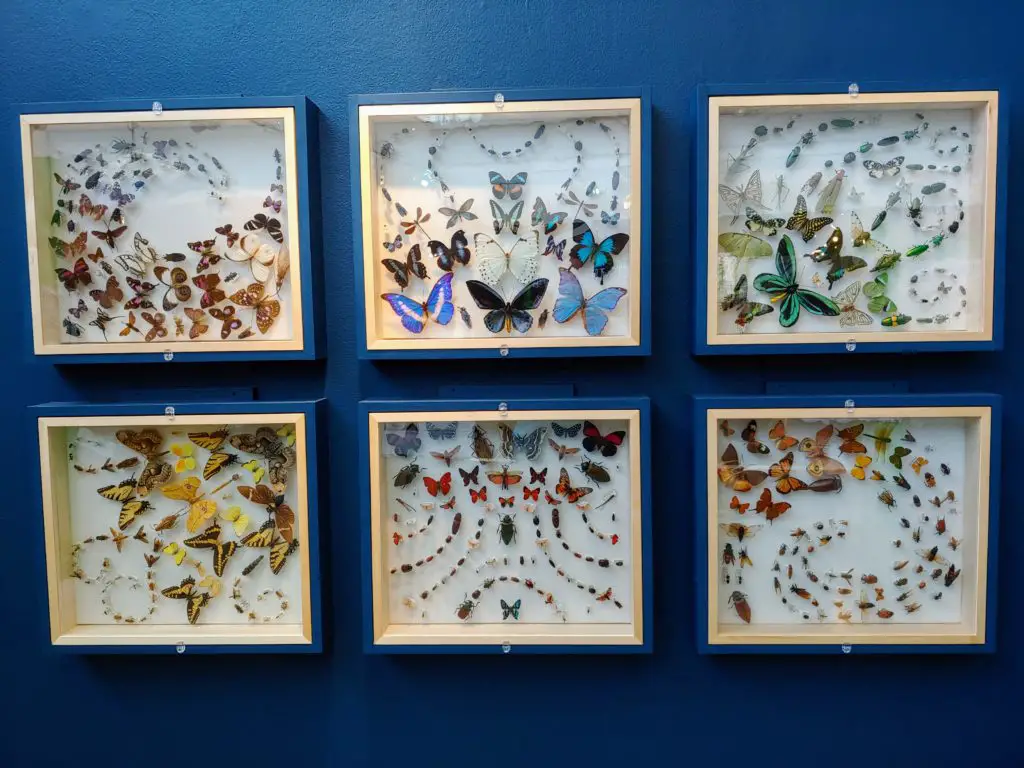
Special days and programs at the Museum of the Earth
- Mask Mondays: On every third Monday of the month, all visitors are required to wear a mask (current as of 4/2022).
- Pay-What-You-Wish Weekends: Thanks to a sponsor, entrance fees on the first weekend of every month (as of 4/2022) are by donation.
- Reduced entrance: students, seniors 65+, and youth 4-17 receive a reduced entrance fee. EBT cardholders get in for $1. PRI members and children under 3 receive free entrance.
- Membership: You can pay for an annual membership to PRI, which gets you into the Museum of the Earth and the Cayuga Nature Center for free – PLUS to over 300 museums in the ASTC Passport Program.
- YNAP: Young people under the age of 17 who live in or near Tompkins County and are facing difficult circumstances may be eligible for the Young Naturalist Access Program. This is a really generous program that gives kids a free year of membership to PRI and the Cayuga Nature Center, including a free week of summer camp (ages 6-13)!
Things to do nearby
- If you enjoyed this paleontology museum, you’ll also like another great Ithaca museum, the Sciencenter, or the Cornell Lab of Ornithology.
- To get a look at some interesting glacially formed landscapes, check out Ringwood Ponds in Ithaca and Lime Hollow Nature Center in Cortland.
- Find inspiration for more rainy day activities on the rainy days page and in the post on indoor play areas in Ithaca.
What are your favorite activities at the Museum of the Earth? Let us know in the comments!
PIN THIS POST FOR LATER:
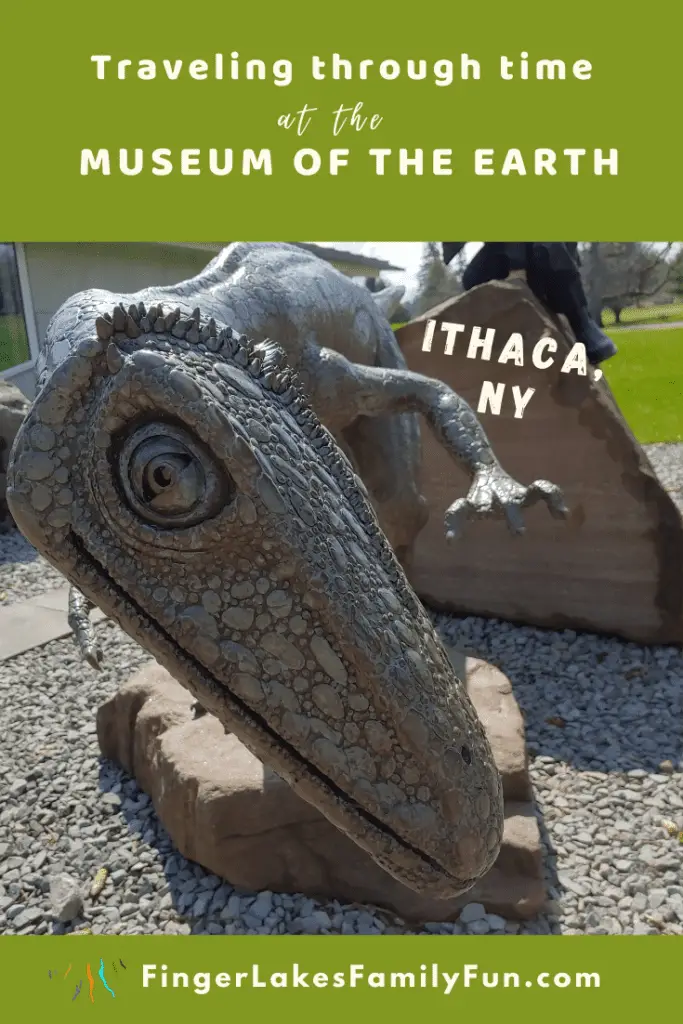

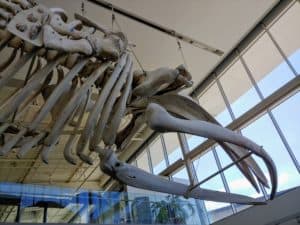

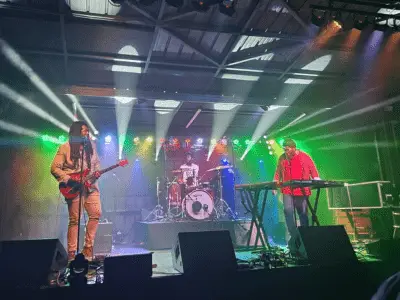

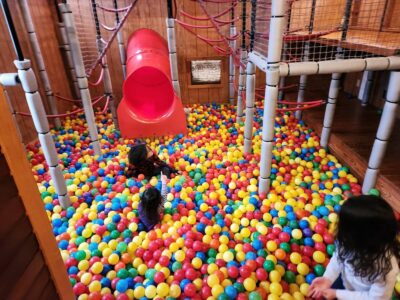

 A Stroll through Campbell Meadow in Dryden, NY
A Stroll through Campbell Meadow in Dryden, NY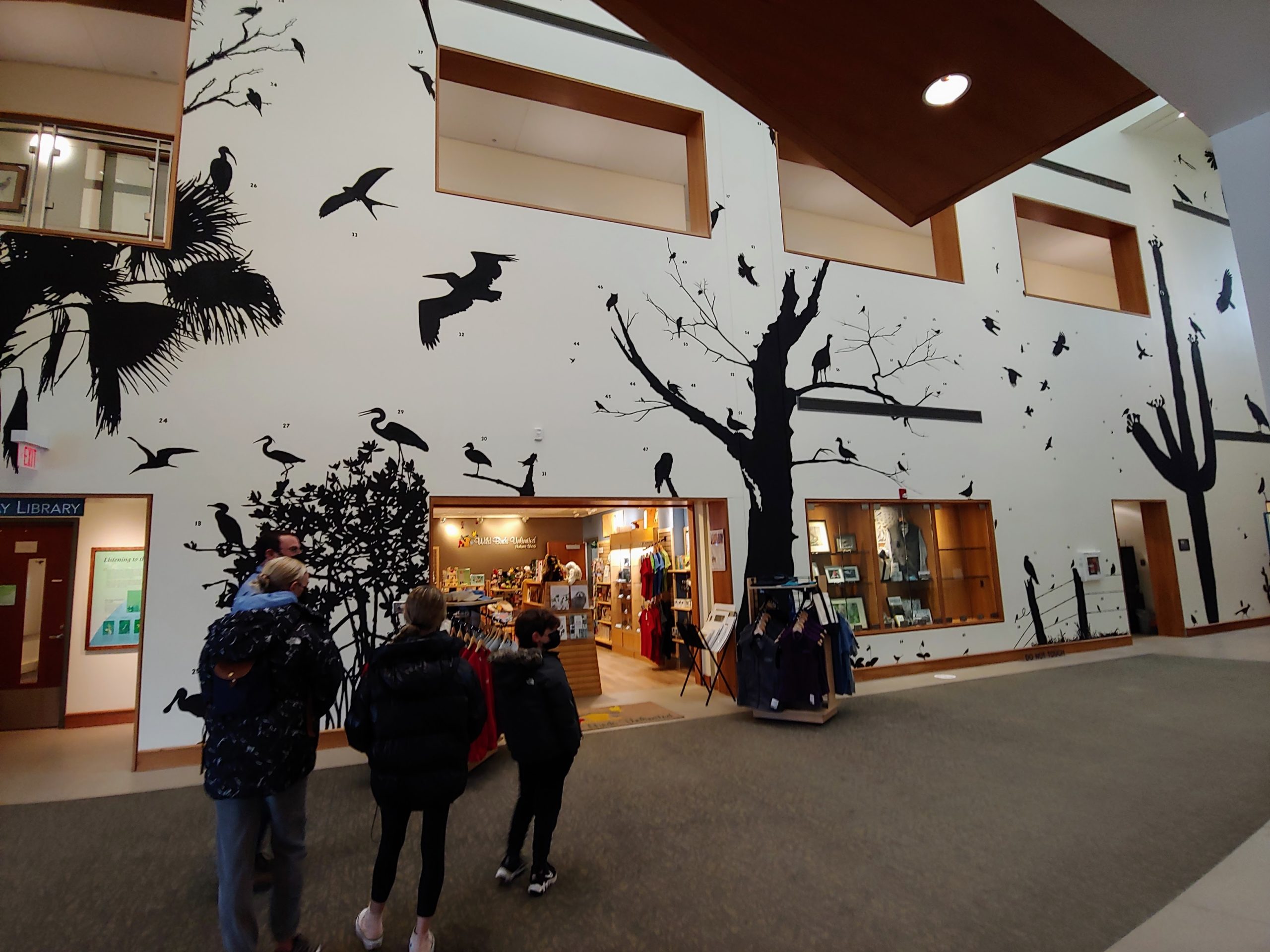
Leave a Reply